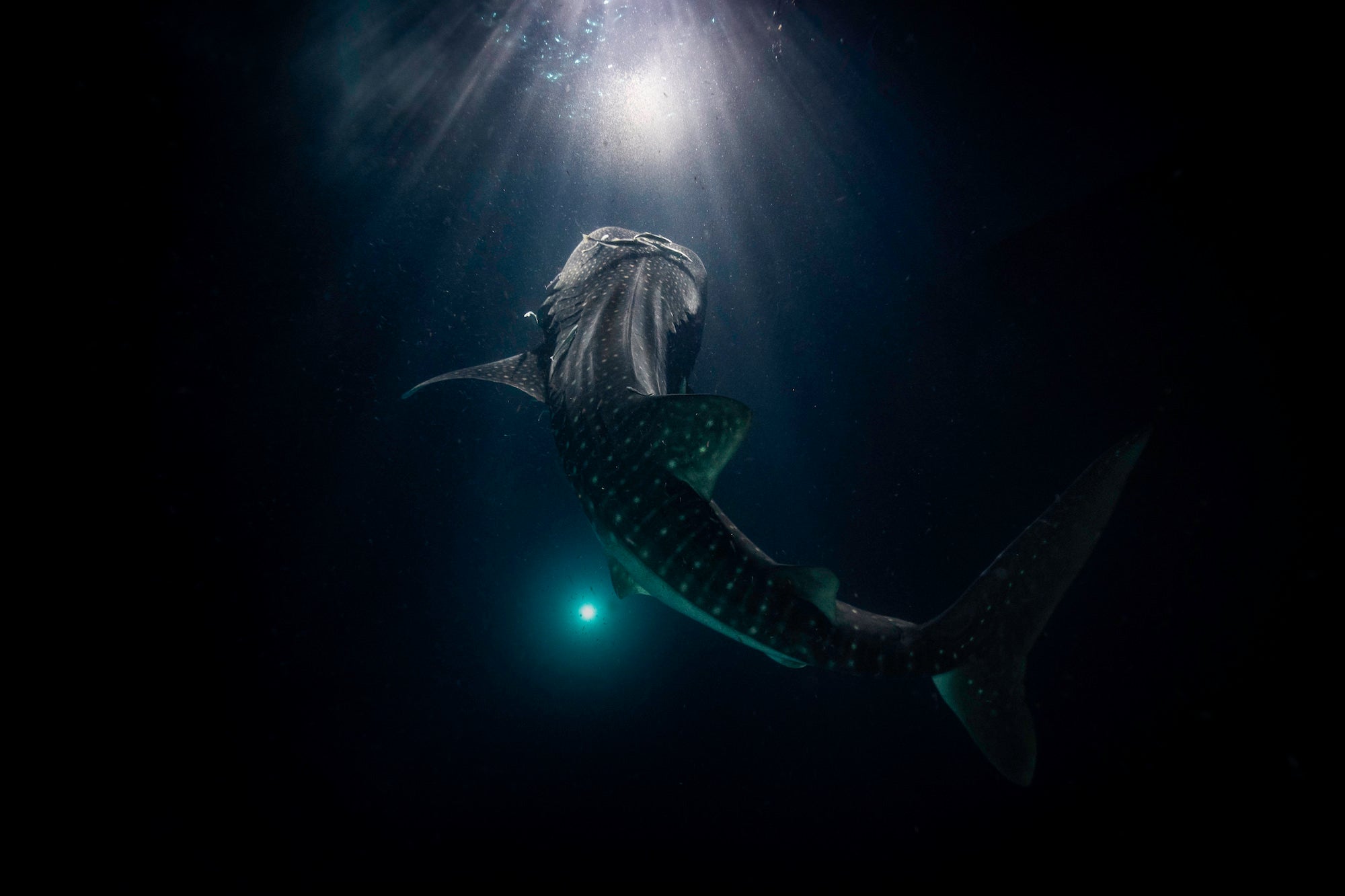Although she has always been involved in artistic things like music and dubbing, Merche Llobera’s (@merchellobera) photography career started a little less than three years ago. During this time she has worked for several companies doing photography and video. Llobera’s love for animals and learning about the world around us started at a very young age. She always loved watching animal documentaries and dreamed of one day being able to see them in their habitat. Now, at 34 years old, she’s traveled around the world photographing many animals she used to dream of seeing, “I can only say that it has been better than I could have ever dreamed.” Llobera’s hope is that through her photos people can fall in love with these animals and understand that they need to be protected. We came across this magical underwater moment she captured and connected with her to learn more. Read as she shares her story behind capturing the image with her Sony Alpha 7 III and Sony 16-35mm f/4 lens below.

Photo by Merche Llobera. Sony Alpha 7 III. Sony 16-35mm f/4. 1/100-sec., f/5, ISO 3200
See the story behind this award-winning photo of a whale shark and how a photographer traveling the world in search of rare creatures captured the moment.
The Scene
The photo was taken in Maldives during a liveaboard two years ago. When it gets dark they put a strong light on the stern of the boat to attract the plankton and, with it, the whale sharks. It is a very special dive as it is not very common to see a whale shark feeding in the night. It took several hours for the shark to show up and for a moment we thought we would not see it, but it finally did. Everyone on the boat was clapping for joy but it was not going to be that easy. There were two other boats in the same spot and our shark decided he liked the plankton more on the other boat. After the customers on that boat enjoyed it they let us dive. It was a magical feeling, to be in the middle of the night with such a large and beautiful animal with just the light from the boat. It was definitely worth the wait.
This photo was shot during my first months with the camera and I was still learning so I didn't know exactly what photo I wanted but when I saw it there under the light it was clear. I wanted to remember that scene forever. I wanted the whole shark, the light and the dark. I took many photos, vertical and horizontal, but this is my favorite because I think it shows the magic of that moment.
My Camera & Lens
When I decided to buy a professional camera I had no doubt it would be a Sony. I had owned a smaller one before and was very happy with it. I chose the Sony Alpha 7 III, because of its quality, because it is full frame, and because the results at high ISOs are very good.
When I do underwater photography I always use the Sony 16-35mm f/4 lens because it gives me a lot of leeway whether I'm close to the animals or a little further away.
My Camera Settings
As I mentioned, I didn't have much experience when I took this shot. I went in the water with my Sony Alpha 7 III and two video lights but there was so much plankton in the water that every time I turned on the lights I got plankton all around me and I couldn’t see anything. So I had to turn them off and use only the boat light. My settings were 1/100-sec., f/5, ISO 3200 and with such a large animal I set my lens at 16mm. Now, with more experience I know I would have used a higher shutter speed even though the animal wasn't moving much and probably a higher f/stop as well. Even so, I won a contest with this photograph and even though two years have passed it still transmits me the magic of that moment.
The Edit
For post-processing I always start using Adobe Lightroom. In this case I wanted to give it more contrast, a little more intensity and darken the background. In underwater photography the photos without flash tend to be quite flat, so the dehaze and clarity tools are something I use quite a lot.
Once I'm done with Lightroom I always like to do some final retouches in Photoshop. A little bit of high pass, touch the levels using a mask to highlight a little more the shark, and of course clean a little bit the backscatter. In this case I had a little noise that I softened in Topaz DeNoise.
See more of Merche Llobera’s work on Instagram @merchellobera.



